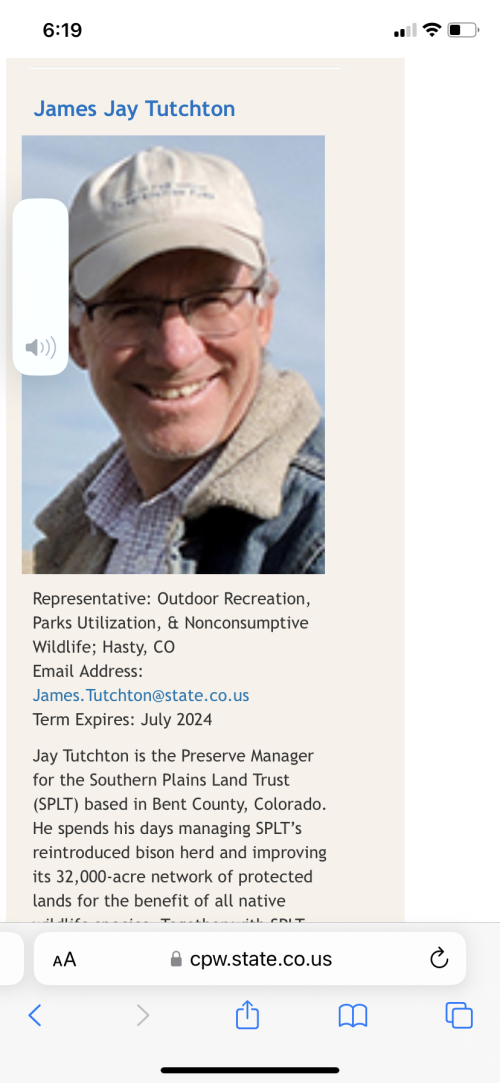I continue to read more and more of these studies that show activities often proclaimed to be "non consumptive" or "low impact" are actually quite impactful. This study was done in Glacier National Park using 2020 as a baseline of almost no human activity due to C-19 and then 2021 when activity levels resumed.

 phys.org
phys.org
When I read similar studies from Colorado and I extrapolate the volume of activity, it shows a huge consequence to wildlife. A lot of this happens during the summer periods of lactation, when does/cows can have a 60% increase in energy demands due to lactation. Forcing them to move from the highest quality forage on the landscape due to hiking, biking, or whatever the "low impact" human activity is huge.
Much of this just measure the spatial disturbance and disregards the costs of forage quality disturbance. Spatial disturbance moves animals, very possibly from highest quality forage to lower quality forage. I am not smart enough to know how to conduct at study that takes spatial disturbance to the next step of what that means for cow/calf or doe/fawn nutrition and survival, but one does not need to be too imaginative to expect it could have a huge consequence when "low impact" activities are far more popular during the most critical time.
If anyone is aware of more studies showing the impacts of these "low impact" (eye roll) activities, please share them here.

Low-impact human recreation changes wildlife behavior
Even without hunting rifles, humans appear to have a strong negative influence on the movement of wildlife. A study of Glacier National Park hiking trails during and after a COVID-19 closure adds evidence to the theory that humans can create a "landscape of fear" like other apex predators...
When I read similar studies from Colorado and I extrapolate the volume of activity, it shows a huge consequence to wildlife. A lot of this happens during the summer periods of lactation, when does/cows can have a 60% increase in energy demands due to lactation. Forcing them to move from the highest quality forage on the landscape due to hiking, biking, or whatever the "low impact" human activity is huge.
Much of this just measure the spatial disturbance and disregards the costs of forage quality disturbance. Spatial disturbance moves animals, very possibly from highest quality forage to lower quality forage. I am not smart enough to know how to conduct at study that takes spatial disturbance to the next step of what that means for cow/calf or doe/fawn nutrition and survival, but one does not need to be too imaginative to expect it could have a huge consequence when "low impact" activities are far more popular during the most critical time.
If anyone is aware of more studies showing the impacts of these "low impact" (eye roll) activities, please share them here.







